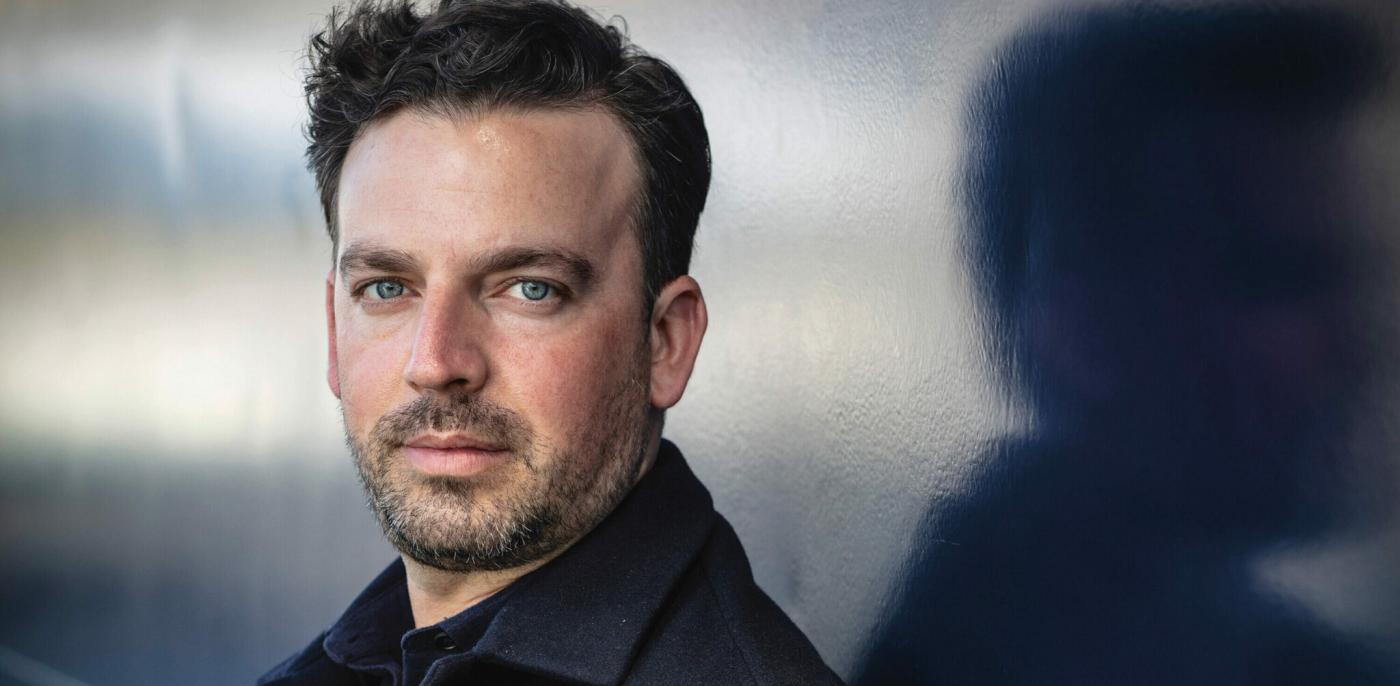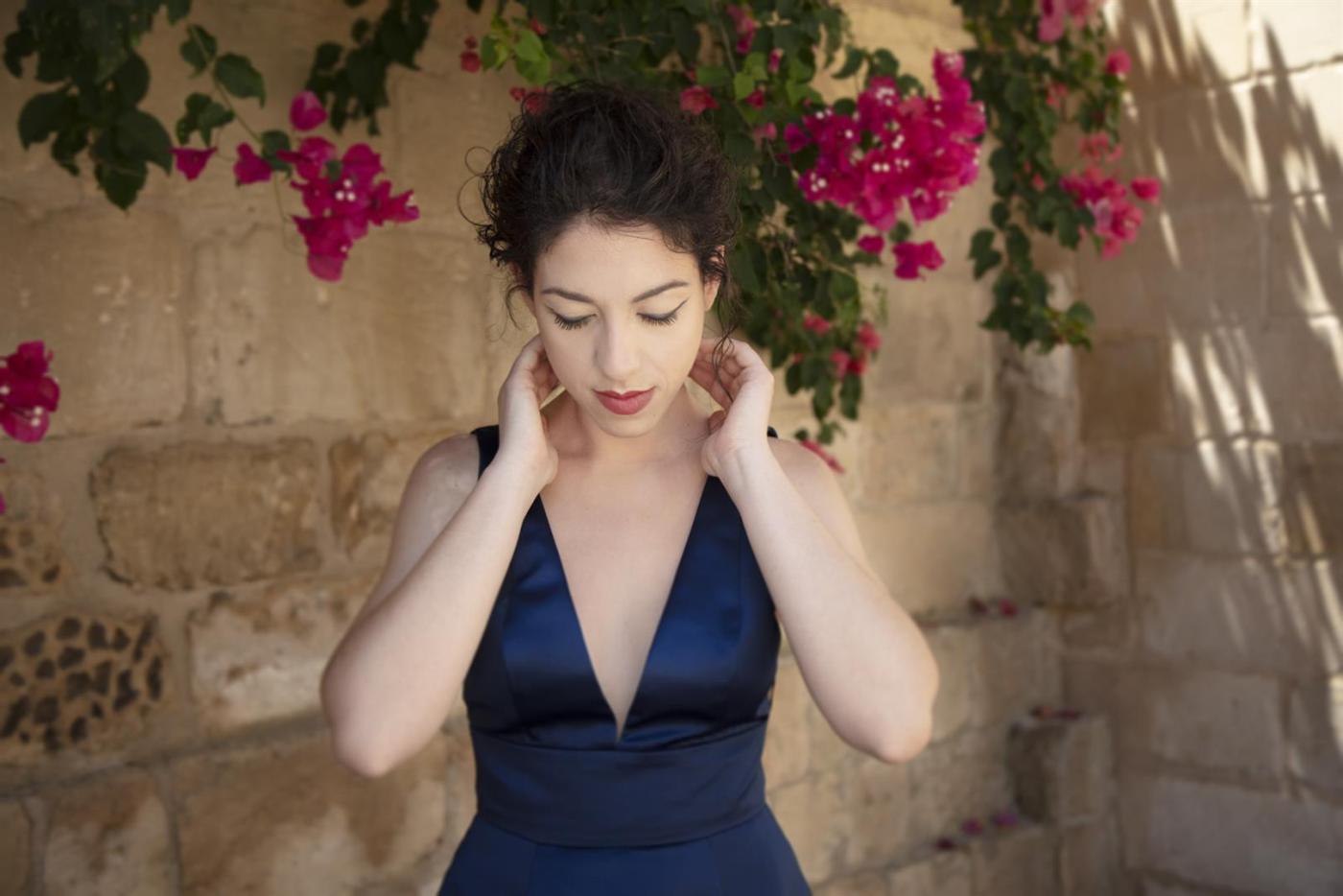Drama, dance and overall exuberance are in abundance when the National Symphony Orchestra, under guest conductor James Gaffigan, performs February 2 and 4 at the Kennedy Center Concert Hall in a program of music from Mozart's dramatic opera Idomeno; Robert Schumann's iconic Piano Concerto with pianist Beatrice Rana in her NSO debut; and Dvorak's fierce and rhythmic Symphony No. 7.
Maestro Gaffigan has risen to international prominence in the past few years for his insightful interpretations of both orchestral music and opera. He also serves as Music Director of two European opera houses and regularly guests conducts throughout in the United States and abroad.
I asked him for his thoughts on this vivacious NSO program, and a bit about his musical experiences growing up in New York City.
Linda Carducci: There’s a sense of dance in each of these pieces. Are there any other common elements that unify the entire program?
James Gaffigan: Yes! I think that as well as dance, DRAMA unifies the program. In this case, each work is extremely dramatic. This is Dvorak’s most dramatic symphony by far, and unlike his famous New World Symphony, I feel that this one sums him up in the best way as a composer.
LC: You lead many of the world’s top orchestras, and at the same time, are active internationally as an opera conductor for major opera houses, including the Metropolitan Opera. Do you see operatic elements in this program, and does opera influence your choice of programming for orchestral performances?
JG: I don’t really associate one with the other. Of course, there’s so much great repertoire so I like to have balance in my musical life. When I have a chance to incorporate a little bit of opera, I do like to introduce it to the concert audience, who might not otherwise hear this particular repertoire. It’s always a plus to do both.
LC: Pianist Beatrice Rana is one of today's most heralded pianists, known for her "ferocious technique" (The New York Times) and lyricism. D.C. audiences are excited to hear her debut with the NSO. How did the two of you work out the choice of the Schumann Concerto, and typically, how much rehearsal time does a conductor and orchestra have with a guest soloist?
JG: Unfortunately, we don’t get much time to prepare with a major American orchestra. It’s usually one rehearsal and a dress rehearsal. However, due to the professionalism and talents of the NSO and Beatrice, we can make some real magic happen within that short timeframe. Both Beatrice and I are both happy for the chance to program something like the Schumann Concerto; it is a breath of fresh air and so musically fulfilling. You need to be quite a developed and sincere musician to make it work, and I think Beatrice is perfect for repertoire like this. Musicians love performing Schumann, he’s a “musician’s composer,” and we adore bringing it to the public.
LC: I can imagine you heard some world-class performances while growing up in the New York City. Are there any in particular that you can share with us?
JG: My favorite NYC musical experience was going to school at LaGuardia High School of Music and Art. Situated right behind Lincoln Center, I was thrilled to meet so many different types of people and artists. As a white kid from Staten Island, I was definitely in the minority, and I got to meet so many interesting people from different cultures and nationalities, who did varying types of art forms – dance, jazz, fine art, gospel, acting – and I had access to go to many concerts and operas across the street at Lincoln Center, as the Met and New York Philharmonic were so generous giving tickets to students that couldn’t afford them. It was an introduction to culture and art and I really owe them for my career.
More information about the program is available here.
PBS PASSPORT
Stream tens of thousands of hours of your PBS and local favorites with WETA+ and PBS Passport whenever and wherever you want. Catch up on a single episode or binge-watch full seasons before they air on TV.

